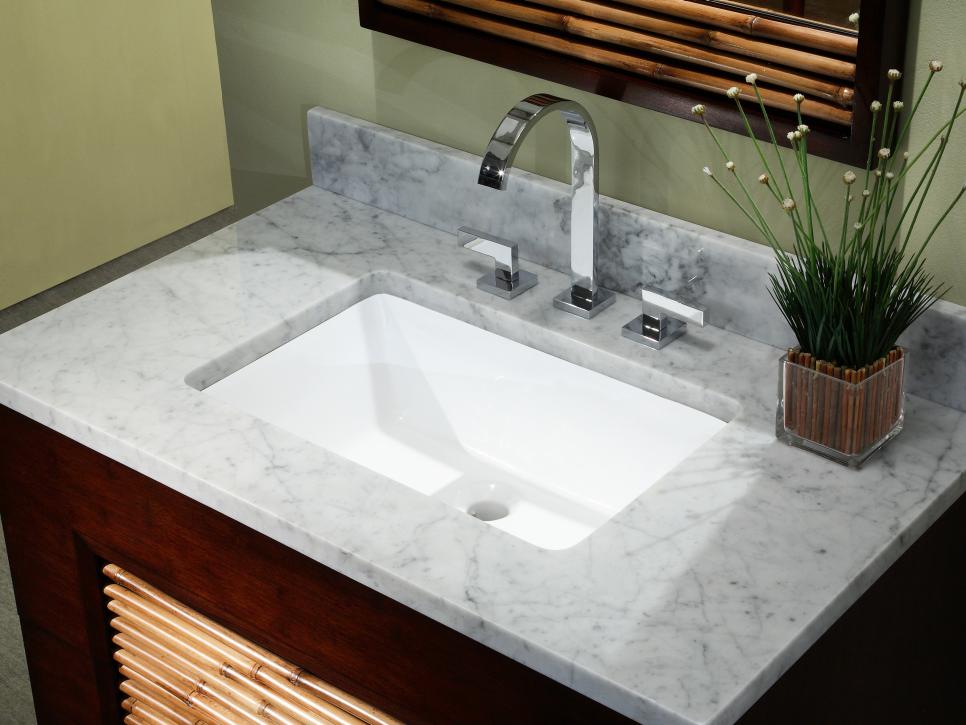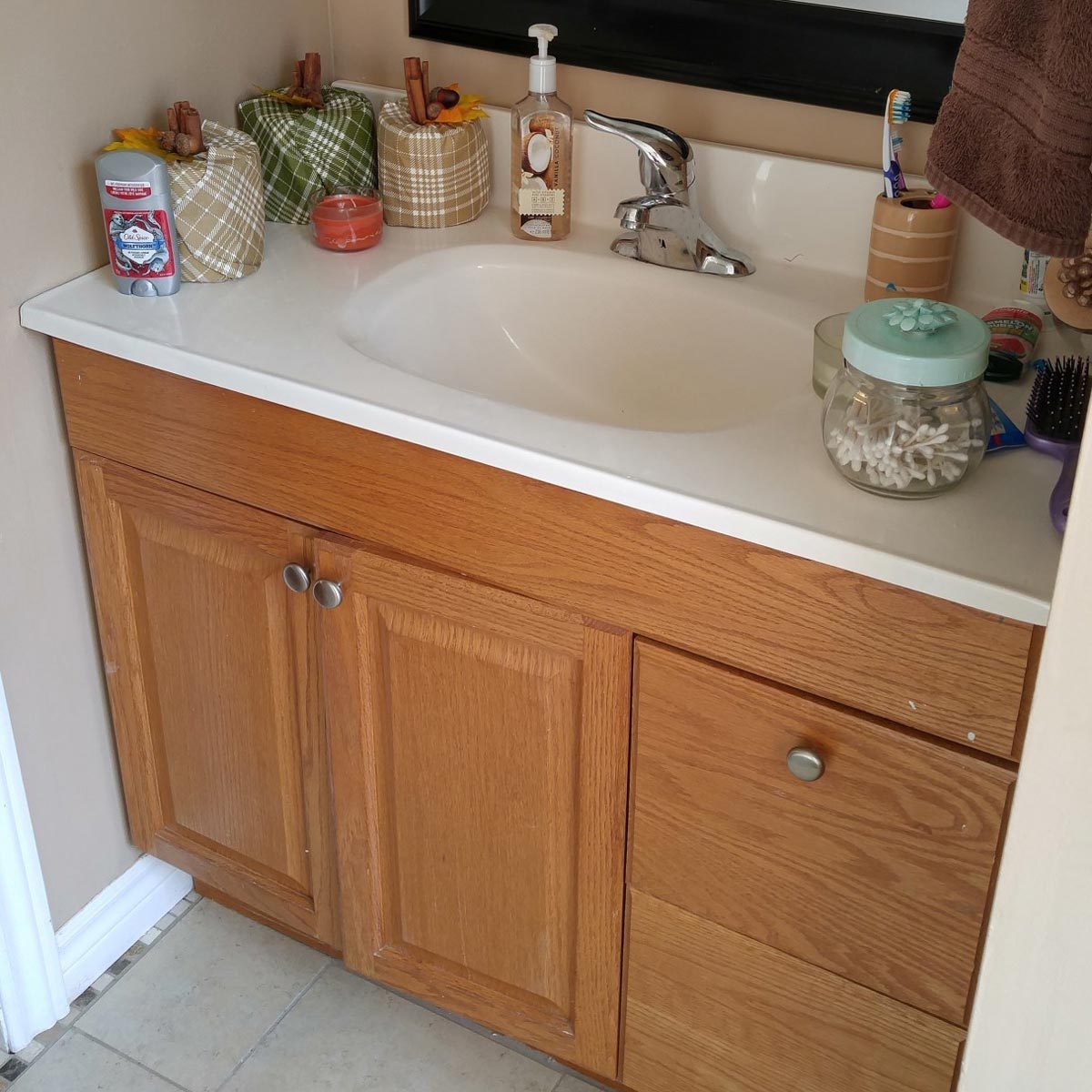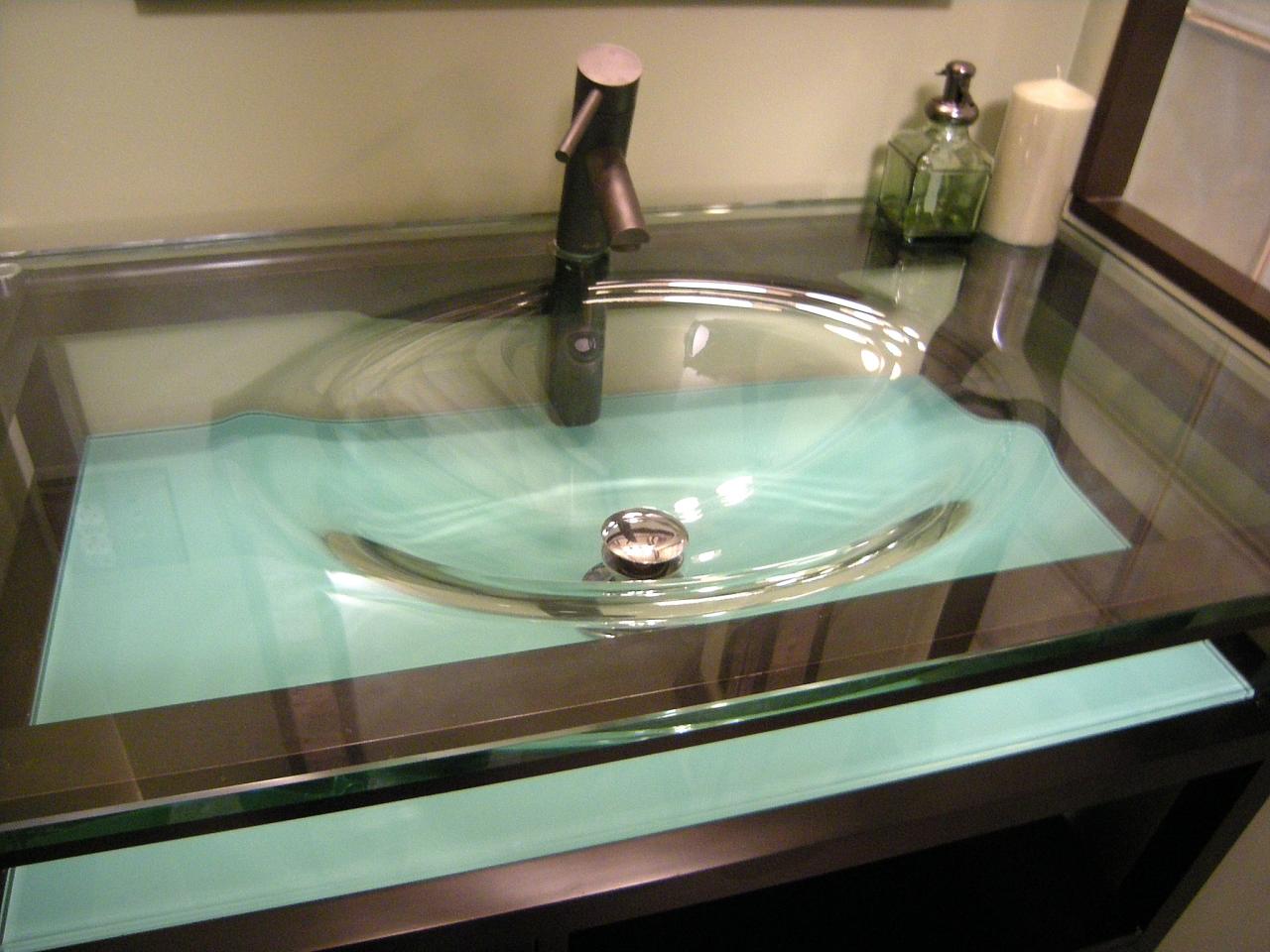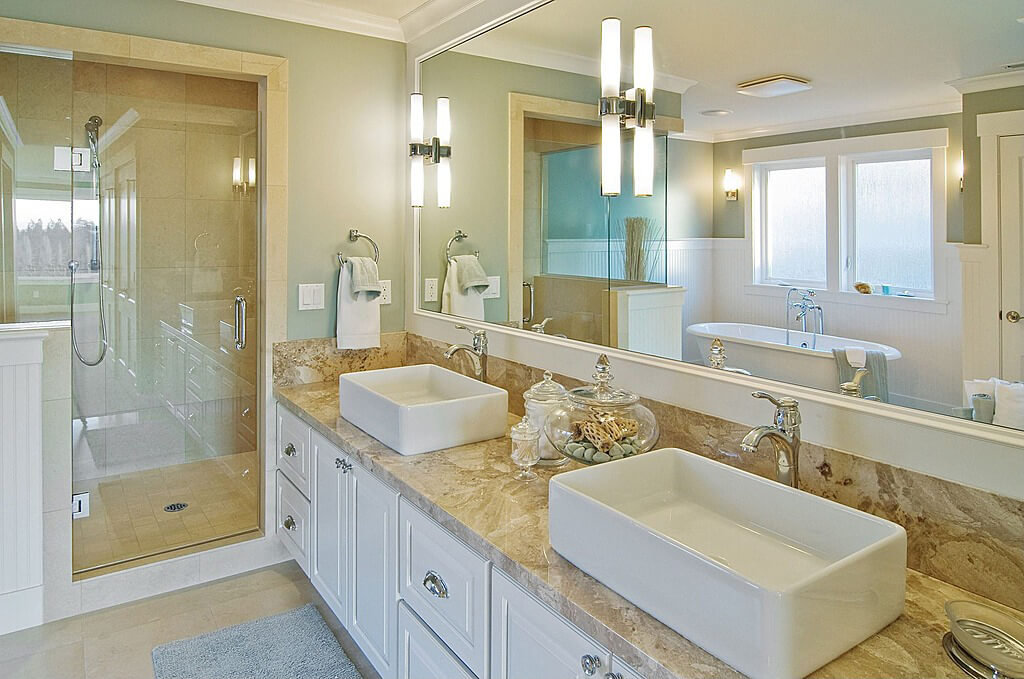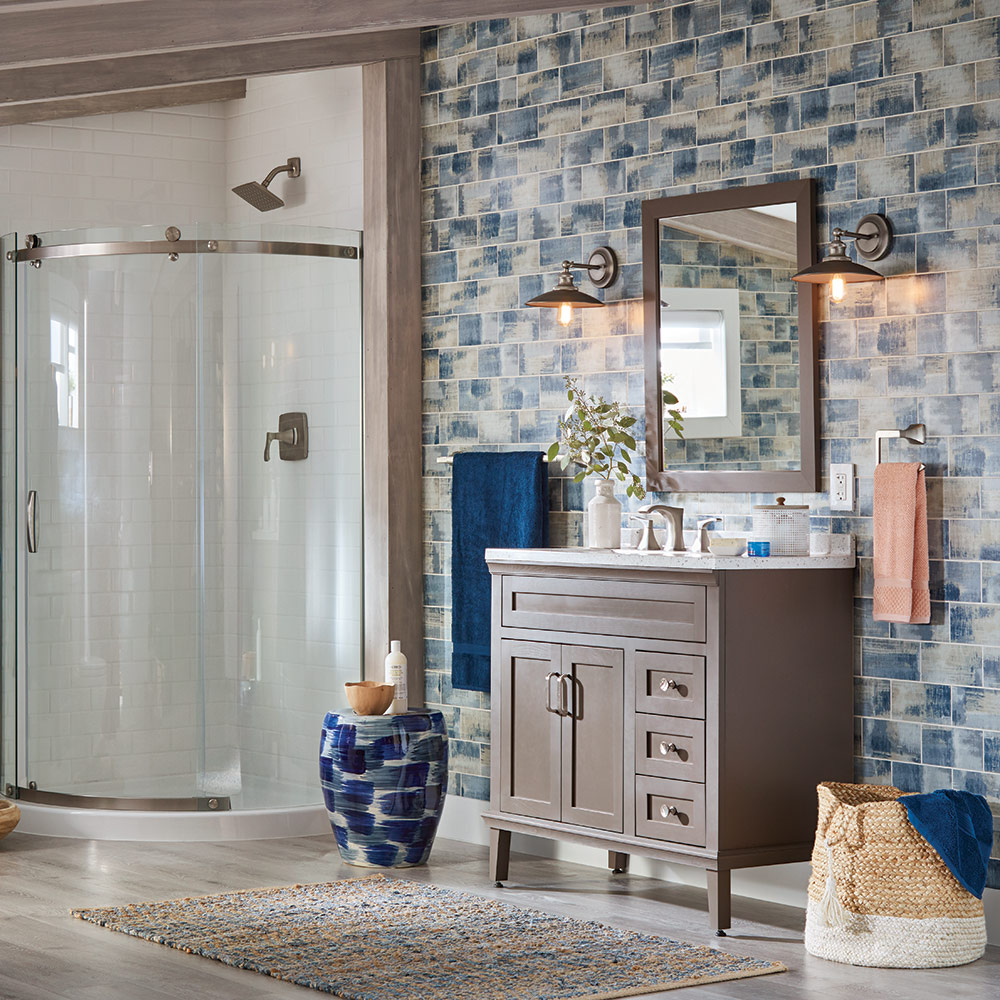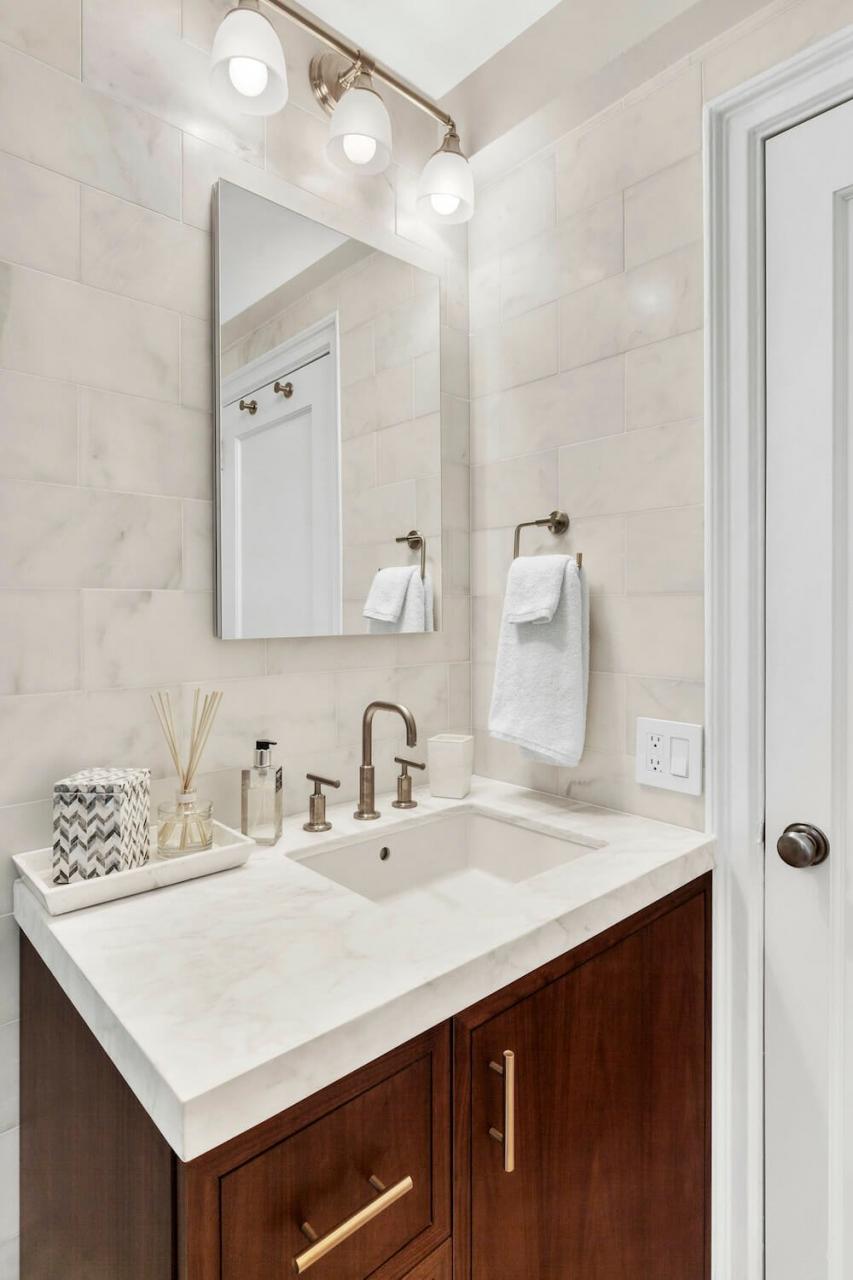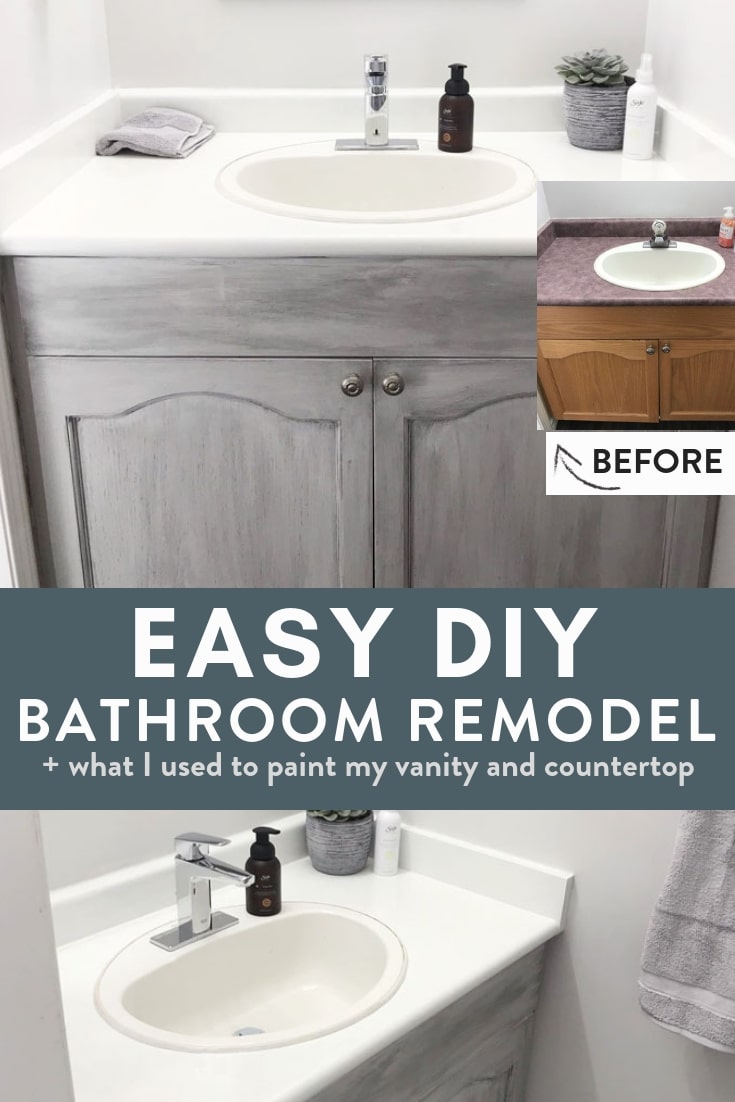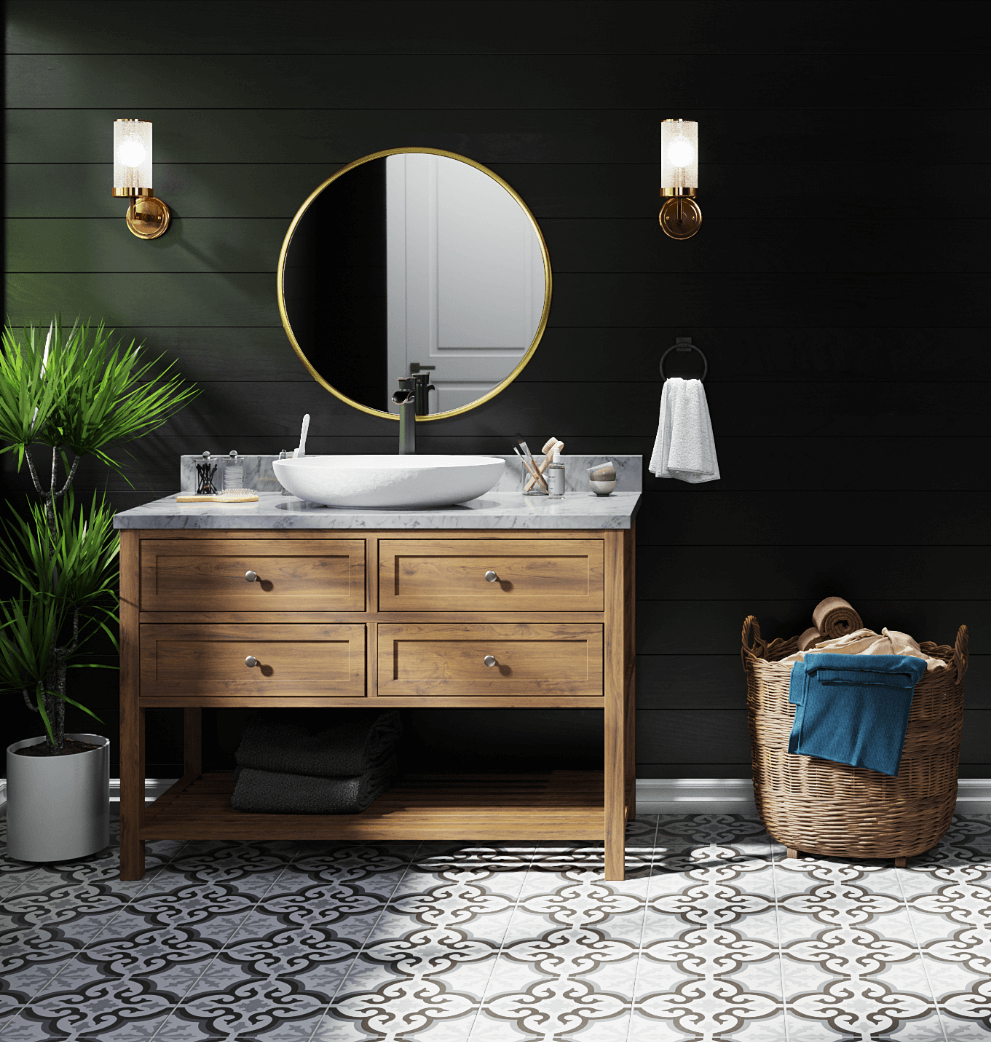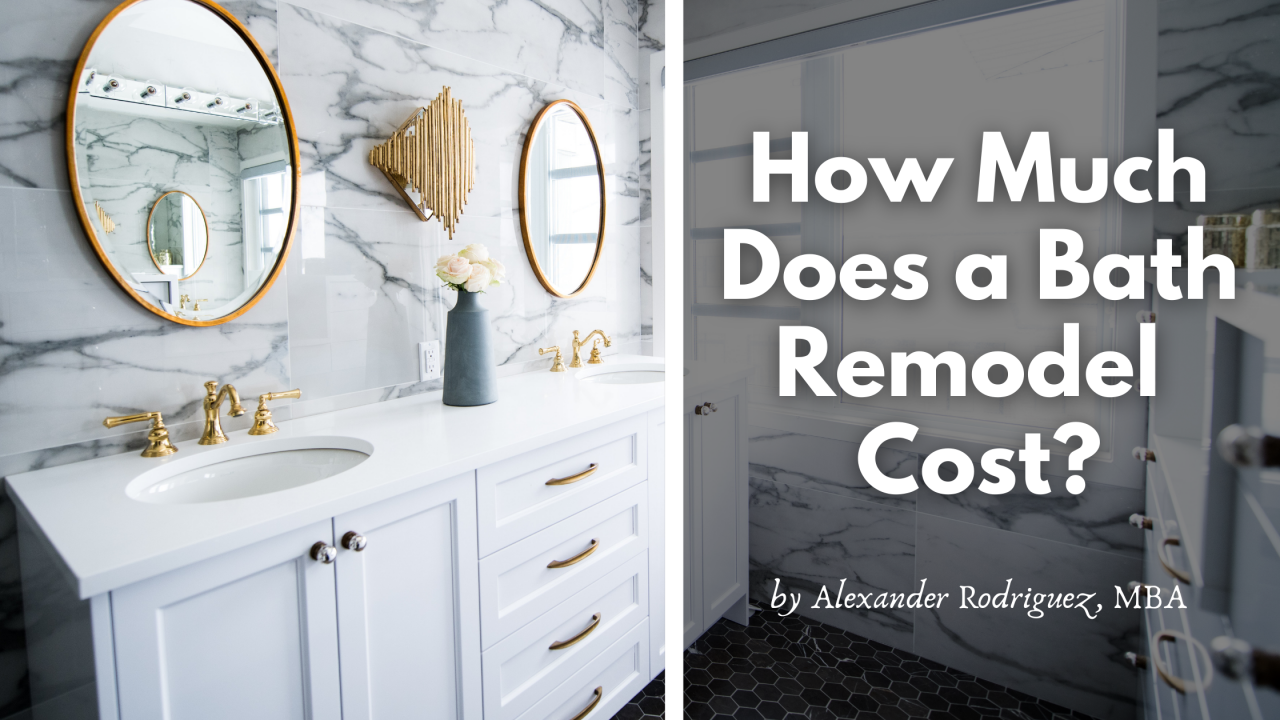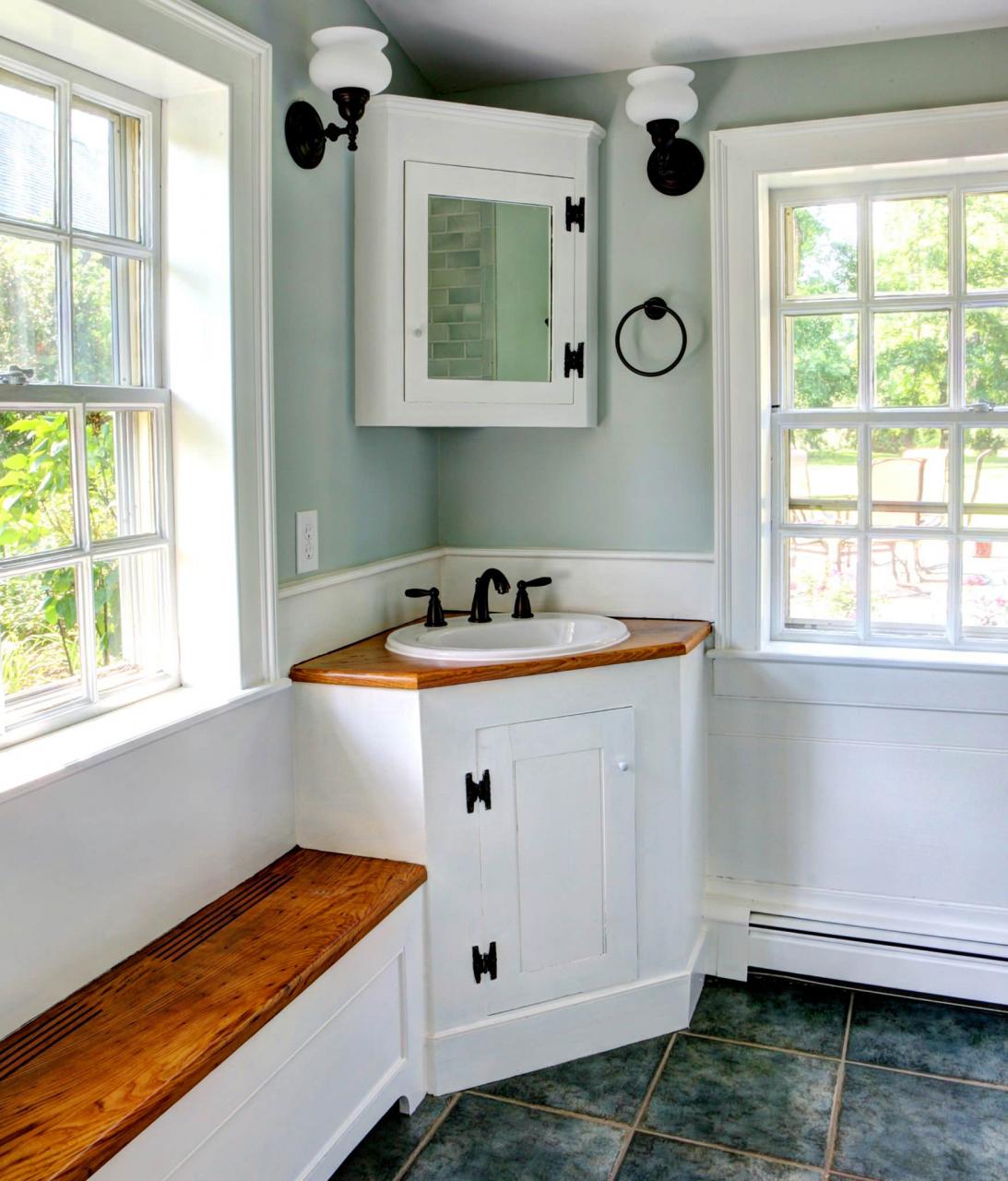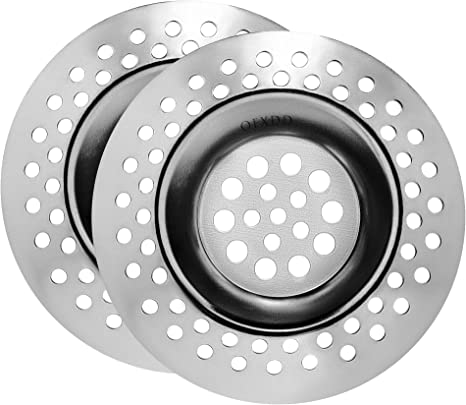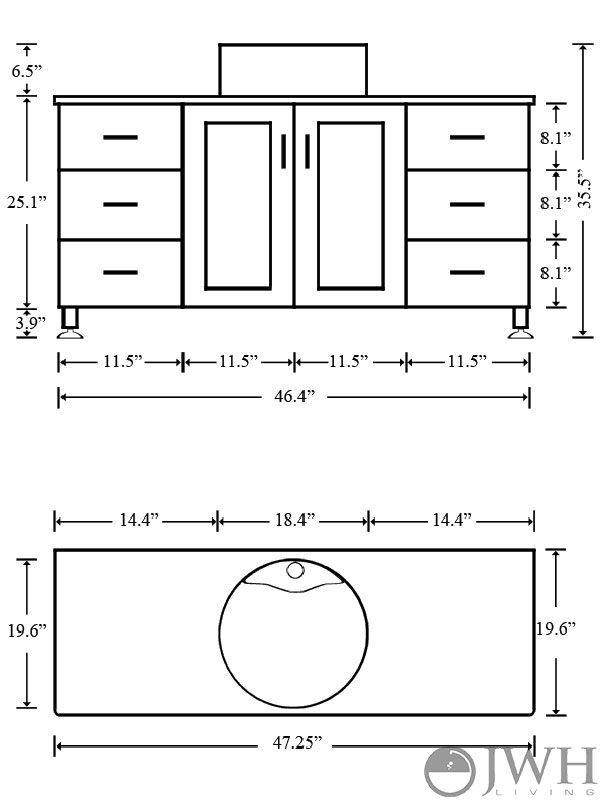Choosing the Right Style for Your Bathroom Sink
When I first decided to remodel my bathroom sink, I was overwhelmed by the sheer number of styles available. It seemed like every design had its unique charm, and selecting just one felt like an impossible task. Through research and personal experience, I discovered some key factors to consider when choosing the right style for your bathroom sink.
- Understand Your Space
The first step is to evaluate the space you have. My bathroom is on the smaller side, so I had to be mindful of the sink’s size and how it would fit into the overall layout. If you have a spacious bathroom, you might opt for a larger, more elaborate sink. However, in smaller spaces, a compact or wall-mounted sink can make the room feel more open and less cluttered. - Consider Your Bathroom’s Theme
Your bathroom’s overall theme will significantly influence your sink choice. I aimed for a modern aesthetic, so I leaned toward sleek, minimalist designs. If your bathroom has a vintage or rustic feel, a pedestal or console sink with intricate details might be more suitable. Matching the sink style with the existing decor ensures a cohesive look. - Think About Functionality
While aesthetics are important, functionality is paramount. I needed a sink that could withstand daily use without compromising on style. For a family bathroom, durability and ease of cleaning are essential. In a guest bathroom, you might prioritize elegance over functionality since it won’t see as much use. - Explore Different Shapes
Sinks come in various shapes, each bringing a unique flair to the bathroom. I was drawn to rectangular and oval sinks for their modern appeal, but round and square sinks also have their charm. The shape you choose can affect the room’s overall vibe, so pick one that resonates with your design vision. - Faucet Compatibility
It’s crucial to ensure your chosen sink is compatible with your preferred faucet style. I almost overlooked this detail, but it’s essential to know whether you need a single-hole, center-set, or widespread faucet. Coordinating the sink and faucet styles can enhance the overall aesthetic of your bathroom. - Budget Considerations
Finally, your budget will play a significant role in your decision. While I was tempted by some high-end designer sinks, I had to balance my desires with practicality. Setting a budget beforehand helped me narrow down my options and focus on finding a sink that met both my aesthetic and financial needs.
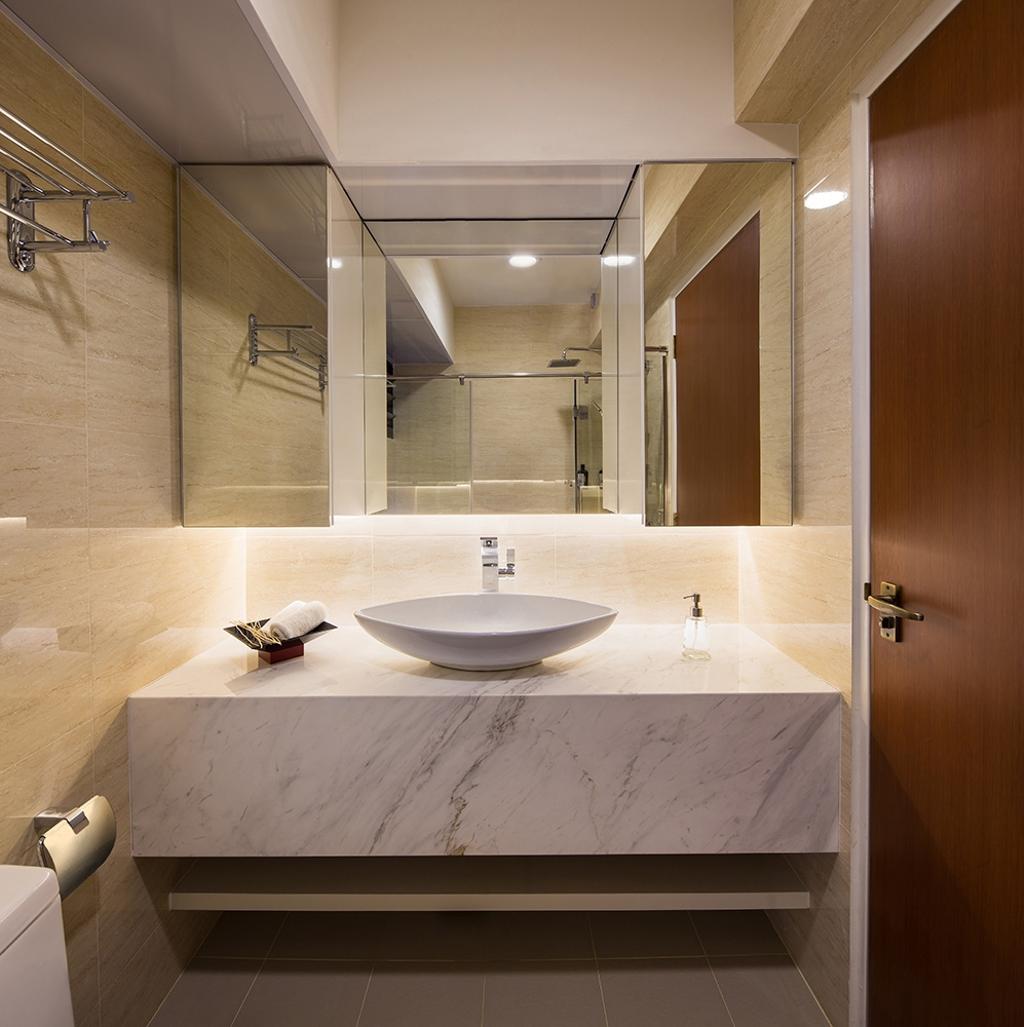
Materials Matter: Exploring Sink Options
When it came to remodeling my bathroom sink, one of the most eye-opening aspects was the variety of materials available. Each material has its unique benefits and drawbacks, and understanding these can help you make an informed decision. Here’s what I discovered about the most popular sink materials.
Ceramic and Porcelain
Ceramic and porcelain are classic choices for bathroom sinks. They offer a clean, timeless look and are relatively easy to maintain. I chose a porcelain sink for its durability and resistance to stains and scratches. The smooth, glossy surface is also easy to clean, making it a practical choice for a busy bathroom.
Glass
Glass sinks can add a touch of elegance and modernity to your bathroom. I was initially hesitant about their durability, but tempered glass sinks are quite sturdy and resistant to thermal shock. However, they do require regular cleaning to avoid water spots and fingerprints. If you’re looking for a statement piece, a glass sink can be a stunning focal point.
Stone
Natural stone sinks, such as granite, marble, and onyx, exude luxury and uniqueness. Each stone sink has its distinct patterns and colors, making it a one-of-a-kind addition to your bathroom. While stone sinks are incredibly durable, they do require regular sealing to prevent staining and damage. I loved the idea of a marble sink but decided against it due to the maintenance requirements.
Stainless Steel
Often associated with kitchens, stainless steel sinks are making their way into bathrooms for their sleek, modern look. They are highly durable, resistant to rust and stains, and easy to clean. I considered a stainless steel sink for its industrial appeal but ultimately went with a different material to match my bathroom’s design.
Concrete
For a contemporary and industrial look, concrete sinks are an excellent choice. They can be customized in terms of shape, size, and color, offering a unique and personalized touch. However, concrete sinks are prone to cracking and require regular sealing to protect against stains and water damage. I found the customization options intriguing but decided the upkeep wasn’t for me.
Solid Surface
Solid surface sinks, made from materials like Corian, offer a seamless and cohesive look. They are non-porous, resistant to mold and mildew, and can be easily repaired if scratched. I appreciated the low-maintenance aspect of solid surface sinks and their ability to blend seamlessly with the countertop. This material is a great choice for those seeking a modern, streamlined appearance.
Installation Types: Which Sink is Best for Your Space?
During my bathroom remodel, one of the crucial decisions I faced was selecting the right sink installation type. The installation style significantly impacts both the look and functionality of the sink. Here’s a breakdown of the most common sink installation types and what I learned about each.
Drop-In Sinks
Drop-in sinks, also known as self-rimming or top-mount sinks, are the most traditional installation type. They are easy to install and fit into a pre-cut hole in the countertop. The sink rim sits on top of the counter, providing a clean and finished look. I found drop-in sinks to be an excellent choice for their straightforward installation and versatility in various countertop materials.
Undermount Sinks
Undermount sinks are installed beneath the countertop, creating a seamless look. They make cleaning the countertop easier since there is no rim to catch debris. I was drawn to the sleek appearance of undermount sinks and the ease of maintenance. However, they require professional installation and are best suited for solid surface countertops like granite or quartz.
Vessel Sinks
Vessel sinks sit on top of the countertop, resembling a bowl or basin. They are available in various materials, including glass, ceramic, and stone. I loved the artistic and bold statement vessel sinks make. However, they require more counter space and careful consideration of faucet height and placement. Vessel sinks are perfect for those looking to add a unique and eye-catching element to their bathroom.
Wall-Mounted Sinks
Wall-mounted sinks are attached directly to the wall, saving valuable floor space. This installation type is ideal for small bathrooms or powder rooms. I considered a wall-mounted sink for its minimalist look and space-saving benefits. However, it requires sturdy wall support and proper plumbing configuration. Wall-mounted sinks are a great choice for modern and compact bathroom designs.
Pedestal Sinks
Pedestal sinks consist of a basin supported by a pedestal, creating a classic and elegant look. They are ideal for small bathrooms as they take up minimal floor space. I admired the timeless appeal of pedestal sinks, but they offer limited counter space for toiletries. Pedestal sinks work well in traditional or vintage-style bathrooms where space constraints are a concern.
Console Sinks
Console sinks combine the features of a wall-mounted sink with the support of legs or brackets. They offer a stylish and open look, with some counter space on either side of the basin. I found console sinks to be a good compromise between a pedestal and a wall-mounted sink. They provide both functionality and aesthetic appeal, making them suitable for a variety of bathroom styles.
Budgeting for Your Bathroom Sink Remodel
When I embarked on my bathroom sink remodel, one of the most crucial aspects was setting a realistic budget. Remodeling can quickly become expensive if not carefully planned, so here are some steps and tips I found helpful in budgeting for a bathroom sink remodel.
Determine Your Total Budget
The first step was to establish how much I was willing to spend on the entire remodel. This included not just the sink, but also the faucet, countertop, and any additional fixtures or accessories. I set a clear total budget to ensure I didn’t overspend. Knowing your overall budget helps in making informed decisions throughout the process.
Break Down the Costs
I broke down the total budget into specific categories: the sink, faucet, installation, and any additional costs such as plumbing or countertop adjustments. This detailed breakdown allowed me to allocate funds appropriately and avoid unexpected expenses. It’s important to account for every aspect of the remodel to stay within budget.
Research Sink Prices
Sinks come in a wide range of prices, from budget-friendly options to high-end designer pieces. I researched various types of sinks and their costs to find one that fit my budget. While it was tempting to go for the most expensive sink, I found many affordable options that offered both style and quality.
Factor in Installation Costs
Professional installation can add significantly to the overall cost. I decided to get quotes from several contractors to understand the installation expenses. In some cases, opting for a simpler installation type, such as a drop-in sink, can reduce labor costs. Weighing the pros and cons of DIY versus professional installation is also essential for budgeting.
Consider Long-Term Savings
Investing in a high-quality sink and fixtures might seem expensive initially, but it can lead to long-term savings. I considered factors like durability, maintenance, and water efficiency. Choosing a durable sink that requires minimal upkeep can save money on repairs and replacements in the future. Additionally, water-saving faucets can reduce utility bills over time.
Plan for Contingencies
Unexpected issues can arise during a remodel, such as plumbing problems or additional repairs. I set aside a contingency fund of about 10-15% of the total budget to cover any unforeseen expenses. This cushion ensured that my remodel could proceed smoothly without financial stress if unexpected costs popped up.
DIY vs. Professional Installation: What You Need to Know
Deciding whether to install a bathroom sink myself or hire a professional was one of the biggest decisions I faced during my remodel. Both options have their pros and cons, and here’s what I learned about each.
Cost Considerations
DIY installation can save money on labor costs. I was tempted by the potential savings and the satisfaction of completing the project myself. However, I had to consider the cost of tools and materials, as well as the time investment. On the other hand, professional installation comes with a higher price tag but ensures the job is done correctly and efficiently.
Skill Level and Experience
My experience with home improvement projects was limited, so I had to realistically assess my skills. Installing a sink involves plumbing, sealing, and ensuring everything is level and secure. If you’re confident in your abilities and have some experience, DIY might be a viable option. For those with little to no experience, hiring a professional ensures the installation is done correctly and reduces the risk of errors.
Time Investment
DIY projects can be time-consuming. I had to consider whether I had the time to dedicate to the installation, including potential setbacks and learning curves. Professional installers are typically faster and more efficient, as they have the experience and tools needed to complete the job quickly. If time is a critical factor, professional installation might be the better choice.
Quality and Finish
The quality of the installation can significantly impact the final look and functionality of the sink. Professionals have the expertise to ensure a high-quality finish, with properly sealed edges and secure plumbing connections. I wanted a flawless result, so I had to weigh my confidence in achieving that quality on my own versus the assured quality from a professional.
Warranty and Guarantees
Many professional installers offer warranties or guarantees on their work. This provides peace of mind, knowing that any issues arising from the installation will be addressed. I found this reassuring, as it reduces the risk of additional costs if something goes wrong. DIY installation doesn’t come with such guarantees, so any mistakes would be my responsibility to fix.
Personal Satisfaction vs. Professional Assurance
There’s a unique satisfaction in completing a DIY project and knowing you’ve contributed to your home improvement. I considered this sense of accomplishment versus the assurance of professional expertise. For me, the choice came down to whether I valued the learning experience and personal satisfaction more than the convenience and security of hiring a professional.
How to Remodel a Bathroom
Bathroom Sink and Vanity Ideas for Your Remodel
Easy, No Fuss DIY Bathroom Remodel
How to Remodel a Small Bathroom
How Much Does a Bathroom Remodel Cost?
Related Posts:
- Fix Clogged Bathroom Sink
- Bathroom Sink Without Overflow
- Bathroom Sink Cabinets With Marble Top
- Bathroom Sink Faucets Installation
- Average Bathroom Sink Size
- No Hot Water In Bathroom Sink
- Bathroom Sink Mixer
- Integrated Bathroom Sink And Countertop
- Bathroom Sink Drain Pipe Parts
- Replacing Bathroom Sink Faucet And Drain
